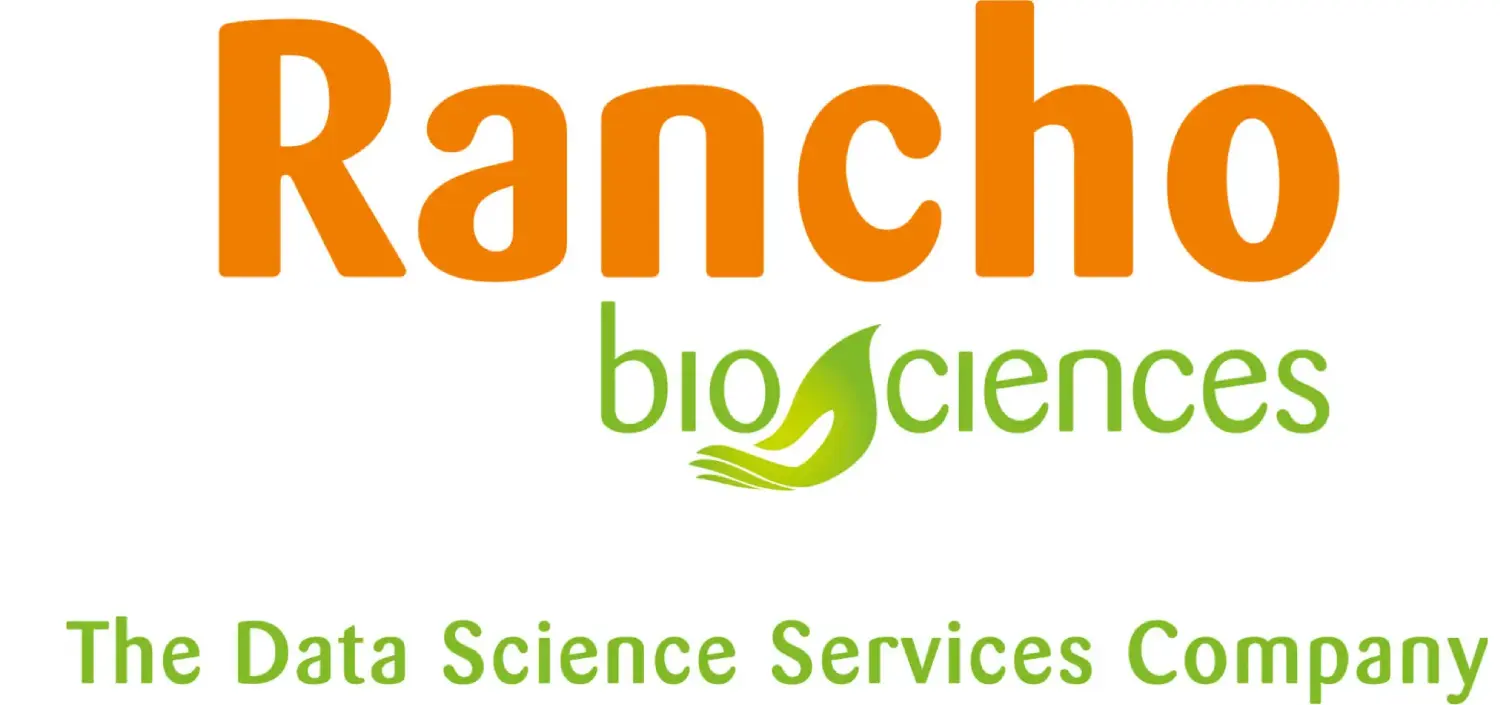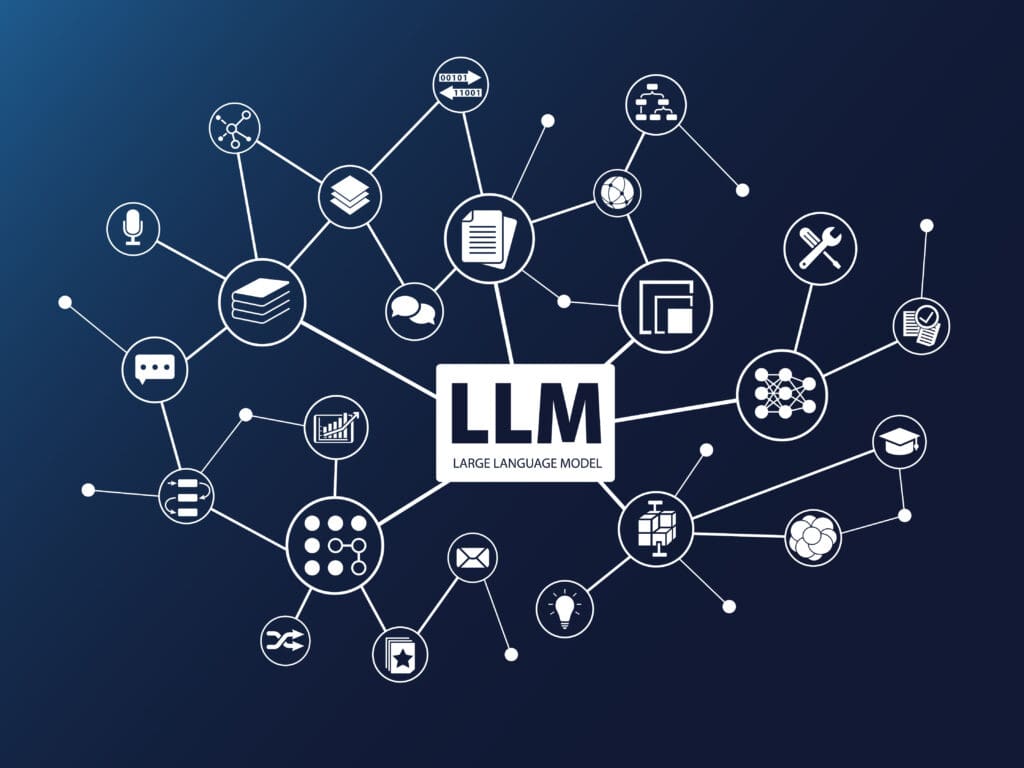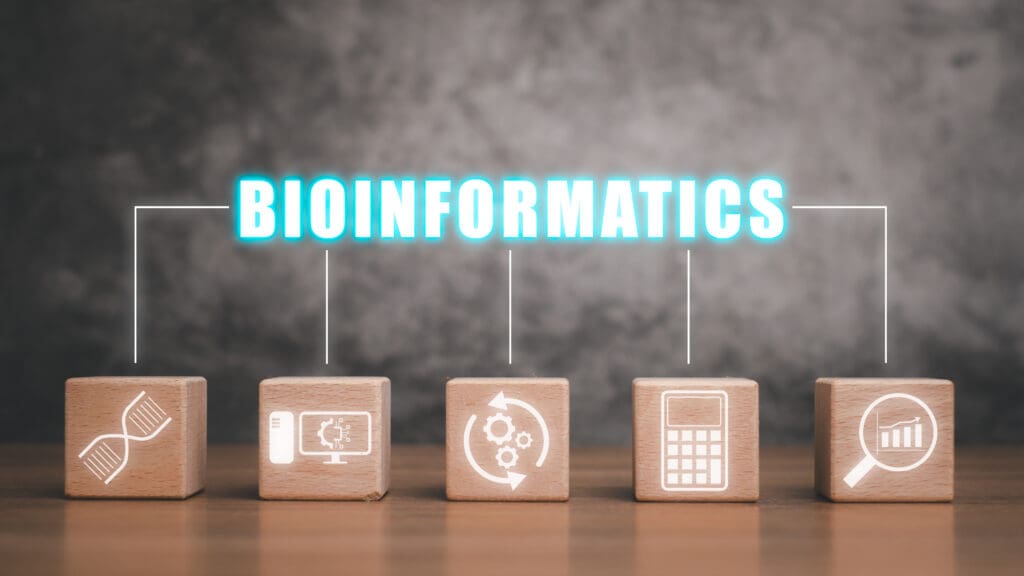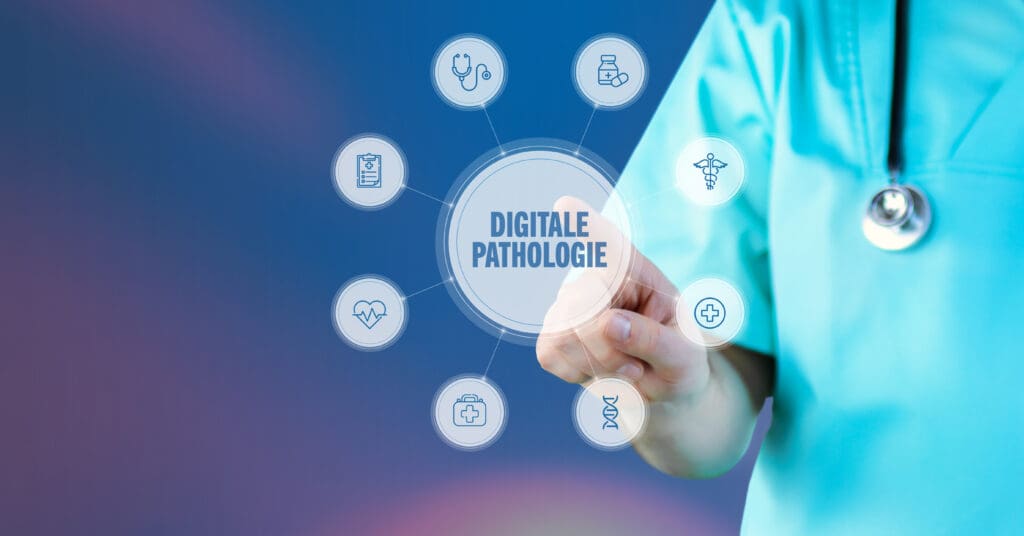Posts by blog578
Innovation Meets Empowerment: The Future of Data Science
In today’s rapidly evolving scientific landscape, data has emerged as the cornerstone of discovery and innovation across life sciences. Organizations in pharmaceutical research, biotechnology development, and healthcare delivery are increasingly recognizing that their most valuable asset isn’t just the data they collect—it’s how effectively they can transform that data into actionable insights. The concepts of…
Read MoreHow Large Language Models Are Reshaping Bioinformatics
The exponential growth of biological and biomedical data in recent years has created both unprecedented opportunities and significant challenges for researchers in the life sciences. As genomic sequencing becomes more affordable and accessible, and as multi-omics approaches generate vast datasets, traditional computational methods struggle to keep pace with data analysis needs. Enter large language models…
Read MoreTransforming Life Sciences: The Revolutionary Impact of AI on Bioinformatics
The intersection of artificial intelligence (AI) and bioinformatics represents one of the most promising frontiers in life sciences research. As biological datasets grow exponentially in size and complexity, traditional analytical methods struggle to extract meaningful insights efficiently. AI technologies—particularly machine learning and deep learning approaches—have emerged as powerful tools to address these challenges, transforming how…
Read MoreEnsuring Data Integrity in Bioinformatics: The Role of Quality Assurance
In the swiftly evolving field of bioinformatics, the integrity and reliability of data are paramount. Quality assurance (QA) data in bioinformatics represents the systematic process of evaluating biological data to ensure its accuracy, completeness, and consistency before analysis. As genomic technologies generate increasingly massive datasets, robust QA protocols have become essential for producing trustworthy scientific…
Read MoreRevolutionizing Life Sciences: The Power of Spatial Innovation in Bioinformatics
The field of bioinformatics has undergone a remarkable evolution in recent decades, transitioning from simple sequence analysis to complex multidimensional data integration. Among the most promising developments is the emergence of spatial bioinformatics, a discipline that incorporates spatial context into biological data analysis. This innovative approach is revolutionizing our understanding of biological systems by revealing…
Read MoreMaster Data Engineering: Optimizing Life Sciences Data for Precision Insights
Data engineering plays a foundational role in the life sciences industry, supporting pharmaceutical companies, biotech firms, hospitals, and research foundations in managing vast and complex datasets. As the volume and variety of data continue to grow exponentially, understanding and implementing the principles of data engineering has become crucial for success in these fields. By ensuring…
Read MoreRaw Data vs. Curated Data in Life Sciences: Why the Distinction Matters and the Future of AI in Generating Reliable Data Insights
In the realm of life sciences, data plays a crucial role in advancing research, developing therapeutics, and ensuring regulatory compliance. However, not all data is created equal. There’s a fundamental distinction between raw data and curated data, each serving distinct purposes within pharmaceutical companies, biotech firms, and research institutions. Understanding this difference is essential for…
Read MoreRevolutionizing Diagnostics: Cutting-Edge Techniques in Digital Pathology
Digital pathology is revolutionizing the field of medical diagnostics, offering unprecedented opportunities for more accurate, efficient, and collaborative analysis of tissue samples. This innovative approach transforms traditional glass slides into high-resolution digital images, opening up new possibilities for pathologists and researchers alike. In this comprehensive exploration, we’ll delve into the key techniques used in digital…
Read MoreUnveiling Hidden Insights: The Power of Data Mining
As the volume and complexity of biomedical data continues to grow, the importance of sophisticated data mining approaches will only increase. Companies that effectively leverage these techniques will be better positioned to navigate the challenges of drug development and bring life-changing therapies to patients more quickly and efficiently. By applying sophisticated algorithms and statistical techniques…
Read MoreCDISC Standards: A Crucial Requirement for FDA Submissions in Clinical Research
CDISC standards have become an integral part of the clinical research process, particularly in regulatory submissions to the US Food and Drug Administration (FDA). These standards, developed by the Clinical Data Interchange Standards Consortium (CDISC), play a crucial role in streamlining data collection, analysis, and submission in clinical trials. For pharmaceutical and biotech companies, understanding…
Read More









